Talk Overview
Recent breakthroughs in intracellular fluorescent imaging allow the visualization, tracking, and quantification of molecular interactions within living cells and whole organisms. In part 1 of this talk, Lippincott-Schwartz gives an overview of the development of fluorescent protein markers, explains how these proteins are used to label intracellular compartments, and how fluorescent microscopy is used to follow events within cells. In the second lecture, Lippincott-Schwartz describes how two imaging techniques, photoactivation and photobleaching (FRAP), can be used to switch on or off specific subsets of fluorescent molecules. She and others have used these techniques to ask questions about the kinetics of the movement of specific molecules through the secretory pathway. The third lecture focuses on super-resolution imaging, or Photo Activated Localization Microscopy (PALM), a process that allows the behavior of individual fluorescent molecules to be followed.
Speaker Bio
Jennifer Lippincott-Schwartz

Dr. Lippincott-Schwartz is Chief of the Section on Organelle Biology in the Cell Biology and Metabolism branch of the National Institutes of Health. Using a variety of fluorescent imaging techniques in live cells, Dr. Lippincott-Schwartz and her lab study dynamic protein interactions within cells, in real time and space. Her studies span a range of… Continue Reading
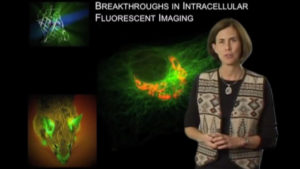
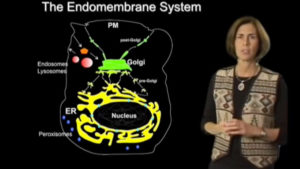
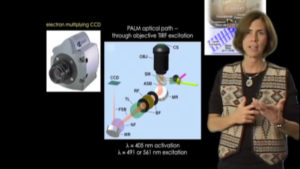
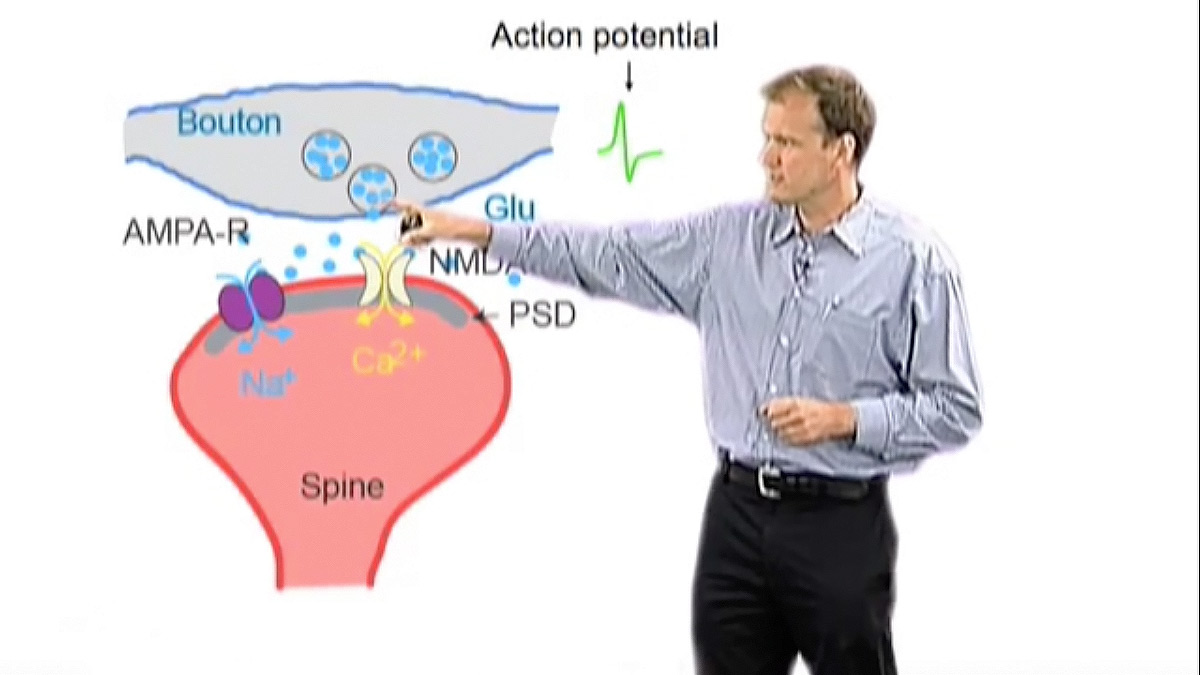
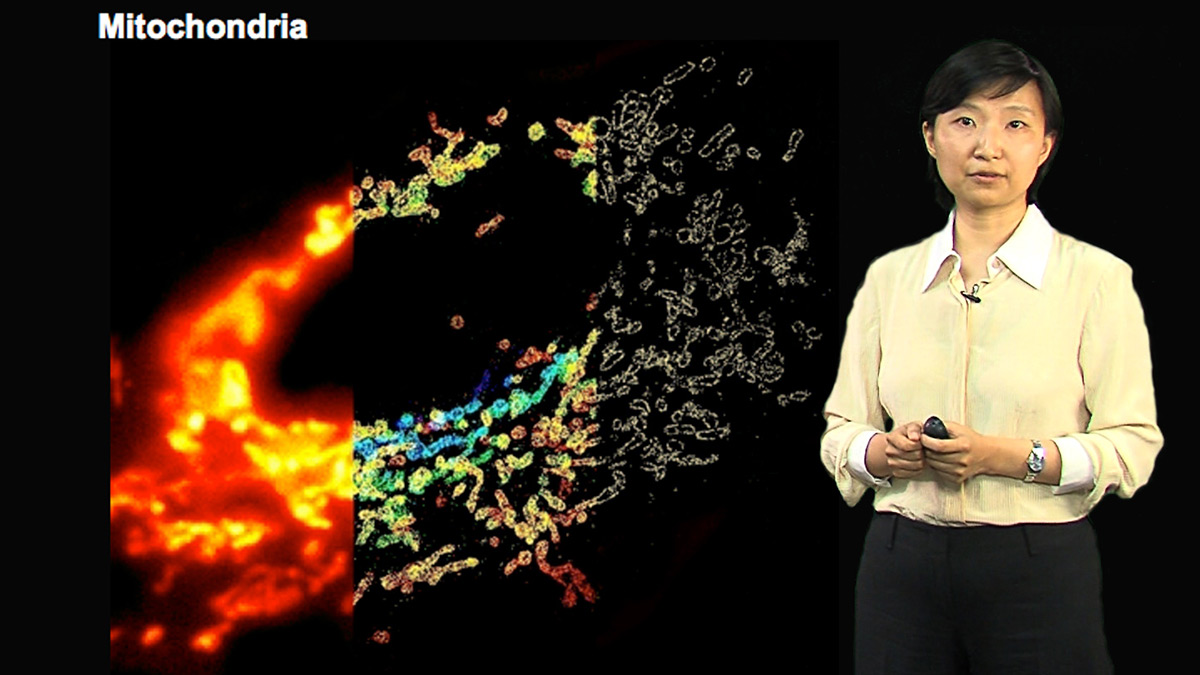
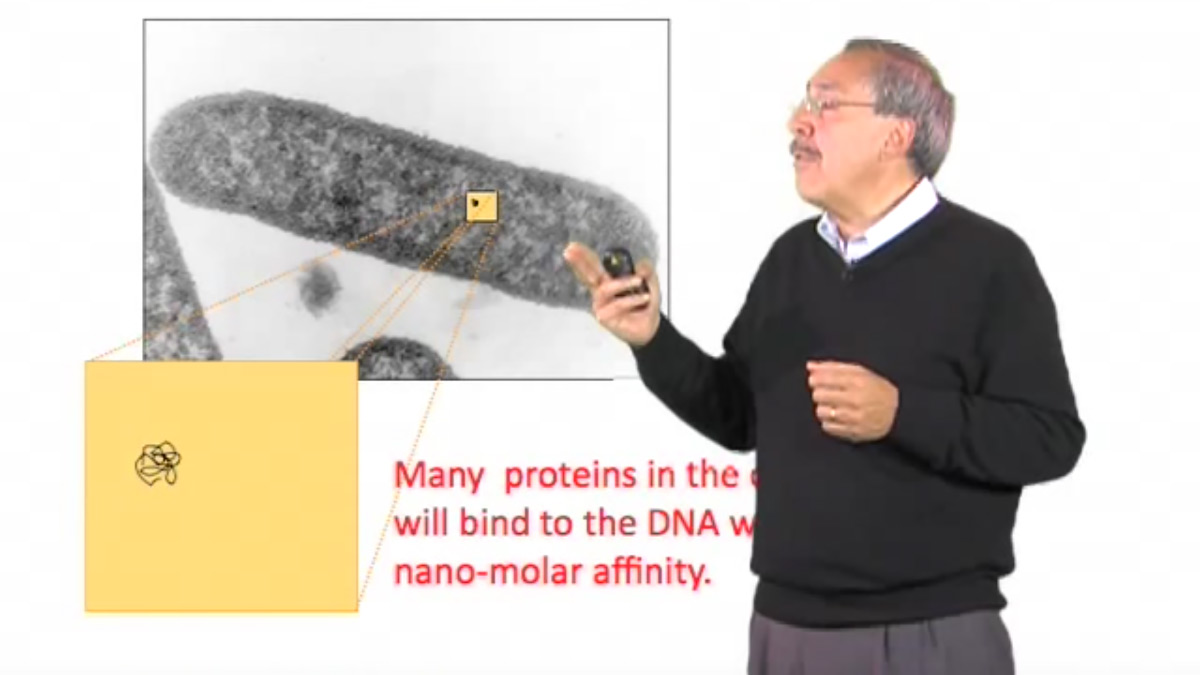
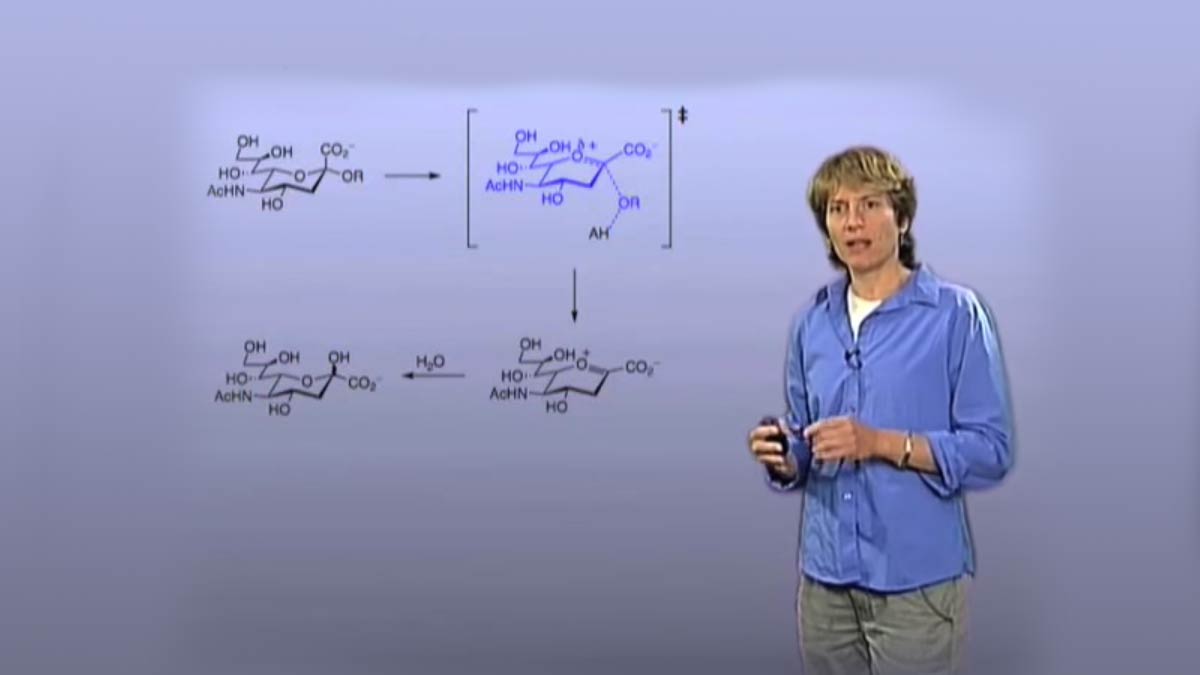





Leave a Reply